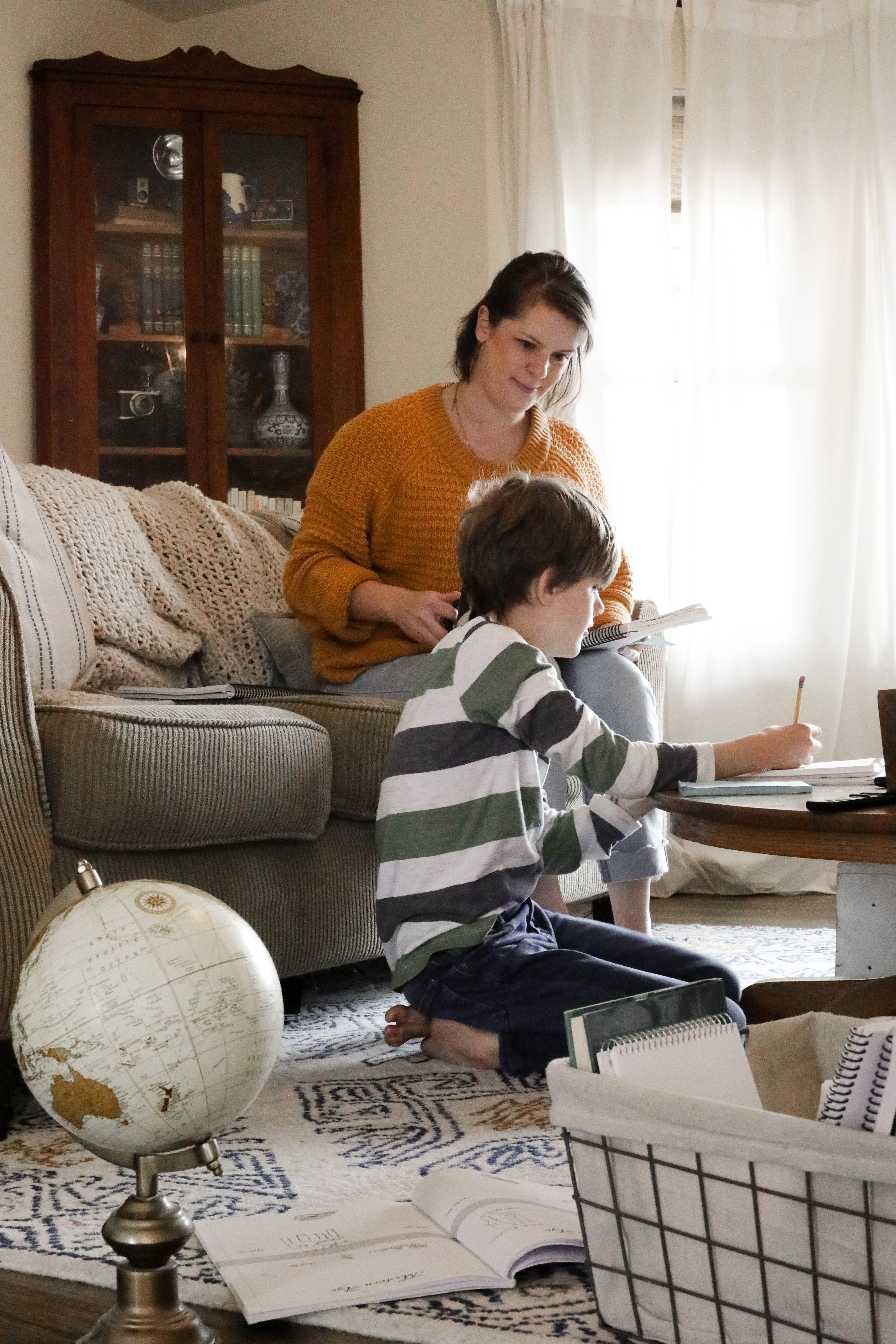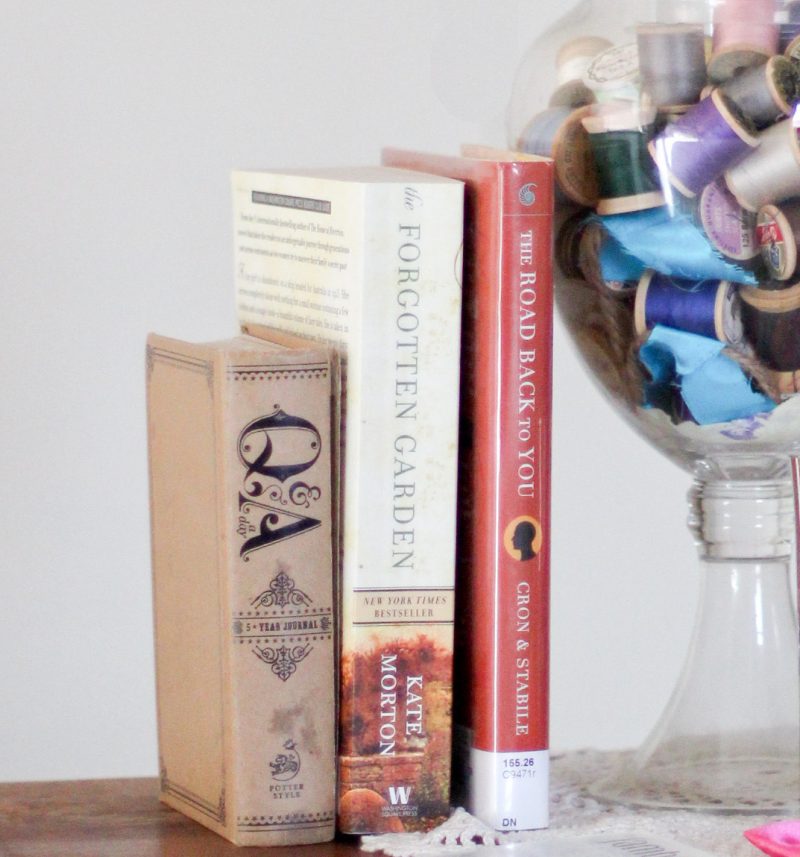How to Teach Copywork
I wish I had known how to teach copywork sooner in my homeschool journey. Honestly, it seemed really intuitive, but has ended up causing us the most hiccups. My friend’s kids all learned by learning to color and draw. We also had one who learned easily this way, but another who had exactly zero interest in coloring, drawing, or writing.
I tried to color with him, but he would just pick up a black crayon (because it made the fastest dramatic impact) and scribble until it looked passable. Then he would go back to reading his books (teaching him to read was easy).
At first, I thought it was just developmental, but then his younger brother started coloring, writing, and drawing and I realized I was going to have to put in more effort.
How to Teach Copywork – Preschool Habits
Always present the writing crayon or pencil properly.
It seems obvious now, but I wasn’t very mindful of this in the early years. Usually, they change their grip soon after, but by always presenting it properly it ends up sticking (for two of them sometime around 2 1/2)
Find other ways to work on fine motor skills
If you have a kid that isn’t into writing or drawing then find other skills that also use fine motor skills. Favorites of ours over the years have been
- Sticking stickers
- Rubber band play
- Playing with playdough
- Using scissors
- Painting
- Using tongs
- Building with Lego
Copywork Goals
Neat letter formation, fine motor strength, word spacing, and spelling are all skills that we are working on during copywork. Children also work on seeing more than one word at once and copying it over to a new page. The length of the copywork should gradually increase as age and mastery increase. Copywork can be done by tracing in Kindergarten and first grade, printing in second and third grade, and cursive for fourth through sixth grades. These skills will help children when they are working on original writing pieces.
To break-up what can be. a challenging skill for some learners, in my new curriculum I’ve included one day each week with a coloring book option. Coloring detailed pictures like the Dover History Colorbooks that are related to the subject we are studying is a great way to build fine motor skills in a different way.
Skills Needed for Copywork
It’s easy to think about writing as an easy skill, but if we take a kid from nothing then ask them to write original compositions these are the list of skills we are asking of them
- Fine Motor Strength
- Letter Formation
- Letter and Word Spacing
- Spelling
- Sentence Structure
- Organized Thinking
Breaking these skills down into separate skills and allowing them to work on them one at a time has taken away many of the tears experienced by my young learners.
Fine Motor Learning
I do a lot of different activities even with my older kids to work on fine motor strength. These can be done during quiet time each day! If you’re not already doing a one hour quiet time each day, I highly recommend it. We started with ten-minute increments and slowly increased.
- Learning to play piano
- Paint by sticker
- Word search
- Find the hidden image
Writing doesn’t have to be stressful
Knowing how to teach copywork can feel hard, but writing doesn’t have to be stressful. It doesn’t have to look like a written book report. I can be viewed as individual skills that build toward the goal of a student who communicates well-thought-out ideas in written form. Based on the Charlotte Mason research I’ve done it seems that that was a skill that started with a sentence or two in form 2 (grade 4-6), and expanded into what we would think of reports or essays in form 3 (grade 7 and 8).







